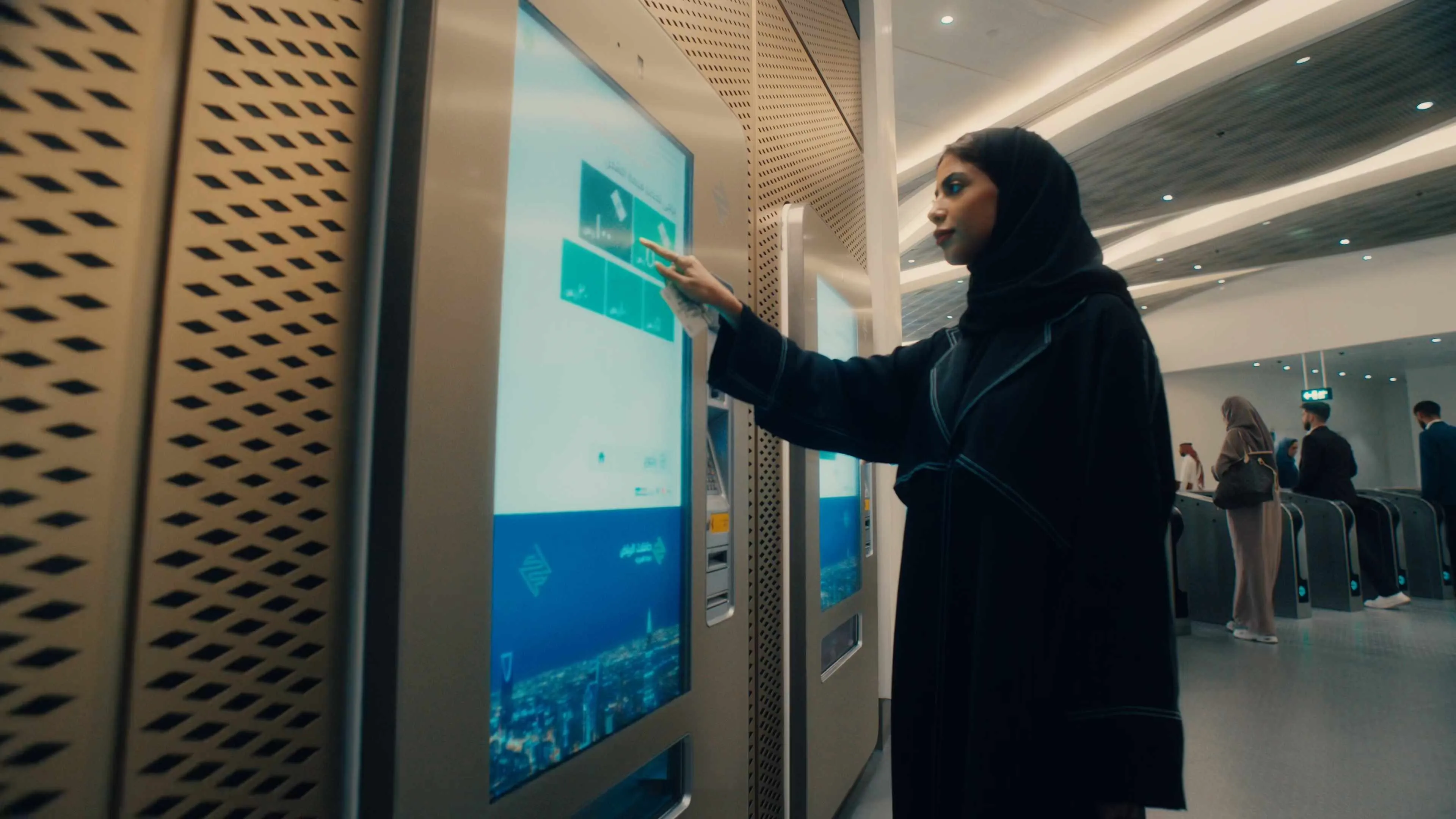Both centres will monitor the safety and revenue collection systems of the Túnel de Oriente, which serves as a transport link between the city of Medellín and José María Córdoba airport.
It is part of Concesión Túnel Aburrá Oriente, a 24km road corridor that Indra is now managing via its Mova solutions.
Indra says its toll solution Mova Collect allows vehicles to travel without stopping at speeds of up to 60km per hour, cutting travel times between Rio Negro airport and Medelin from 45 to 18 minutes.
Additionally, the
According to Indra, air quality measurement systems and carbon monoxide sensors detect high levels of toxic gases in real-time and activate fans to expel pollutants.
The project also includes the installation of communication systems, safety systems, CCTV, traffic counters, road signage, lighting control and a loudspeaker system.
Indra supervises 9km tunnel in Columbia
Indra and engineering firm Eléctricas de Medellín Ingeniería y Servicios has commissioned a control centre and a back-up centre to supervise a 9km tunnel in Columbia.
Both centres will monitor the safety and revenue collection systems of the Túnel de Oriente, which serves as a transport link between the city of Medellín and José María Córdoba airport.
It is part of Concesión Túnel Aburrá Oriente, a 24km road corridor that Indra is now managing via its Mova solutions.
Indra says its toll solution Mova C
September 3, 2019
Read time: 2 mins










